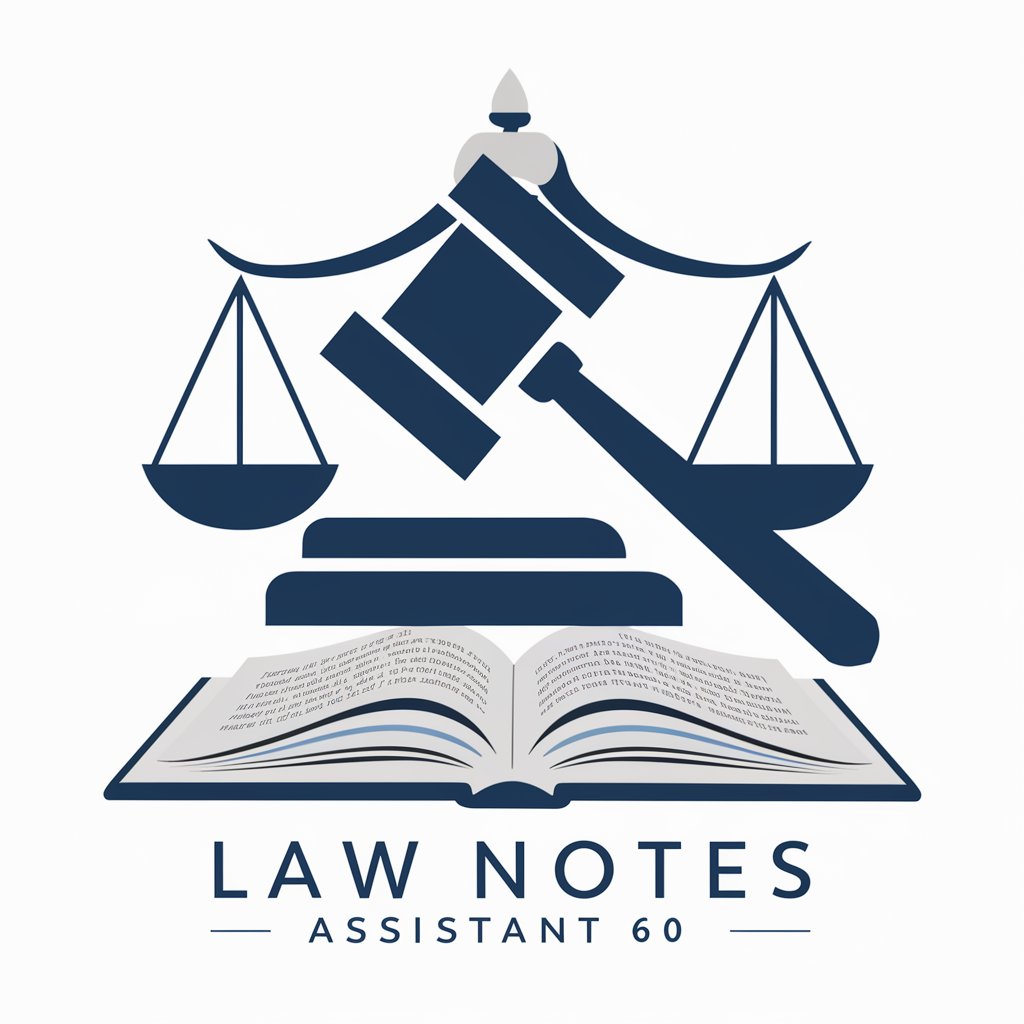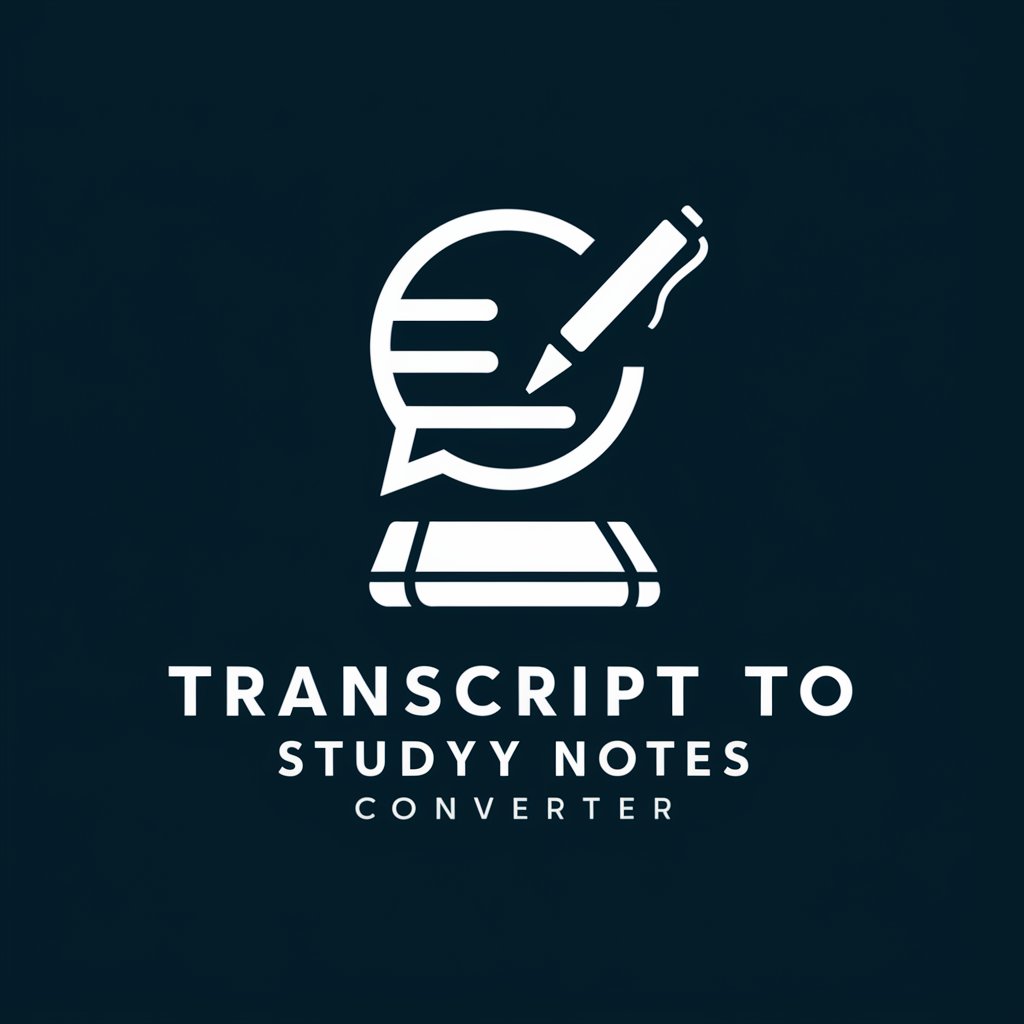
Class Note Taking - AI-powered Note-Taking

Welcome! Ready to take your notes to the next level?
Elevate Your Notes with AI
Can you explain the main purpose of...
What are the key points to focus on when...
How can I effectively summarize...
What strategies should I use to...
Get Embed Code
Understanding Class Note Taking
Class Note Taking is designed to enhance the learning experience by providing structured and efficient ways to capture, organize, and review information from lectures, readings, and other educational sources. Its primary goal is to assist users in making the most out of their study sessions by offering strategies for active note-taking, which includes summarizing information in one's own words, using diagrams for visual representation, and emphasizing the connections between different pieces of knowledge. For example, during a lecture on environmental science, Class Note Taking might suggest creating a diagrammatic note that visually maps the relationship between greenhouse gases and global warming, alongside bullet points summarizing key points discussed by the lecturer. This approach not only aids in better understanding and retention of the material but also prepares the notes for efficient review before exams or when writing assignments. Powered by ChatGPT-4o。

Core Functions of Class Note Taking
Summarization
Example
Transforming a detailed lecture on the French Revolution into concise, bullet-point notes that capture the main events, figures, and impacts.
Scenario
A student listens to a history lecture and needs to distill the key information for easier revision later. Class Note Taking guides them to focus on major points and relationships, such as the link between social inequality and the outbreak of the revolution.
Diagrammatic Notes
Example
Creating a mind map to explore the themes of a novel, with branches for characters, plot developments, and thematic symbols.
Scenario
During an English class, a student is tasked with analyzing a novel. They use Class Note Taking to visually organize the novel's components, making it easier to see how different elements interconnect and contribute to the overall theme.
Active Engagement
Example
Encouraging students to formulate questions based on lecture material, fostering deeper understanding through curiosity and critical thinking.
Scenario
After a lecture on cellular biology, a student uses Class Note Taking to generate questions for further research or discussion in study groups, turning passive note-taking into an active learning process.
Who Benefits from Class Note Taking?
Students
From high school attendees to university scholars, students across all educational levels benefit from structured note-taking strategies. They gain from techniques that improve retention and understanding, especially useful for those juggling multiple subjects or dealing with complex concepts.
Educators
Teachers and lecturers can utilize Class Note Taking to design their presentations and lectures in a way that aligns with effective note-taking practices, thereby enhancing their students' learning experience and retention of the material presented.
Lifelong Learners
Individuals committed to continuous learning, whether for professional development or personal interest, find value in Class Note Taking for organizing their thoughts and insights from various sources, such as online courses, webinars, and self-study materials.

How to Use Class Note Taking
Start Your Journey
Initiate your experience by visiting yeschat.ai for a complimentary trial, which requires no sign-in or ChatGPT Plus subscription.
Identify Your Needs
Determine the primary purpose of your note-taking: attending lectures, preparing for exams, writing assignments, or giving presentations.
Select Your Format
Choose your preferred note-taking format (linear, diagrammatic, pattern notes) based on the content and your learning style.
Engage Actively
While taking notes, focus on understanding the material, rephrasing information in your own words, and highlighting key points and connections.
Review and Organize
Regularly review your notes for clarity and understanding, and organize them effectively for easy retrieval and study.
Try other advanced and practical GPTs
Master Class
Empowering Learning with AI
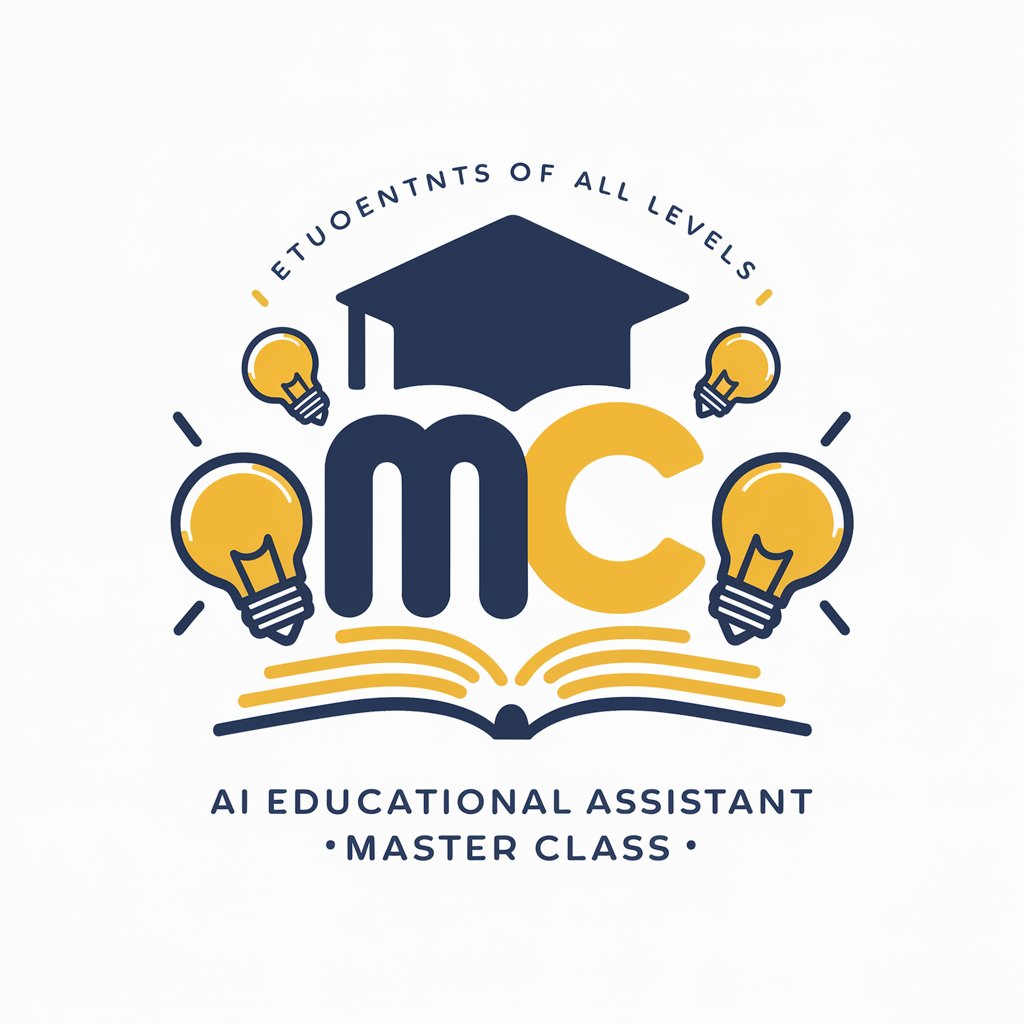
A&B Diagrams Charts
Visualize Complex Data, Effortlessly
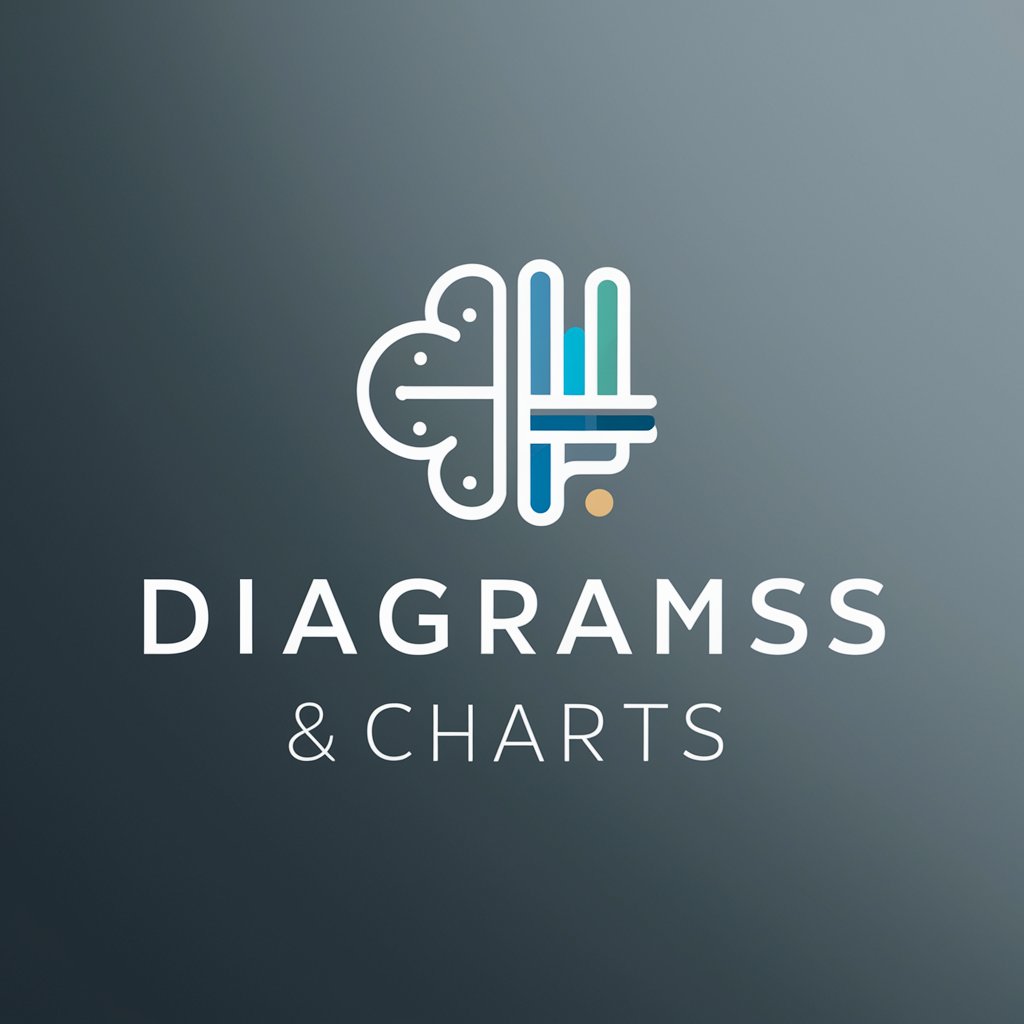
B-PH
Empowering Your Market Decisions with AI

B&B
Bridging Cultures with AI-Powered Translation
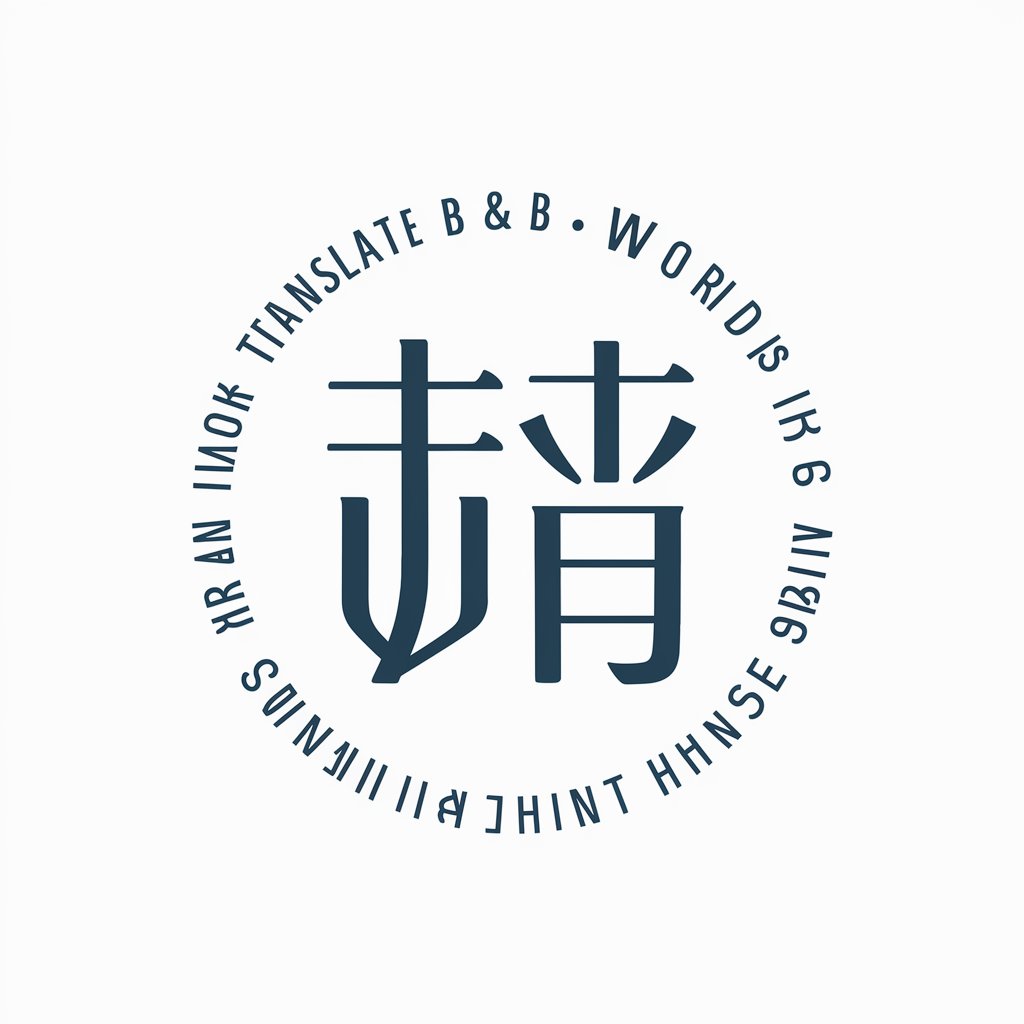
Brief Bot
Direct answers powered by AI

KUKA Bot Class
Empowering Robotics Learning with AI

Pro Class Notes Taker
Transform lectures into concise, AI-powered notes.
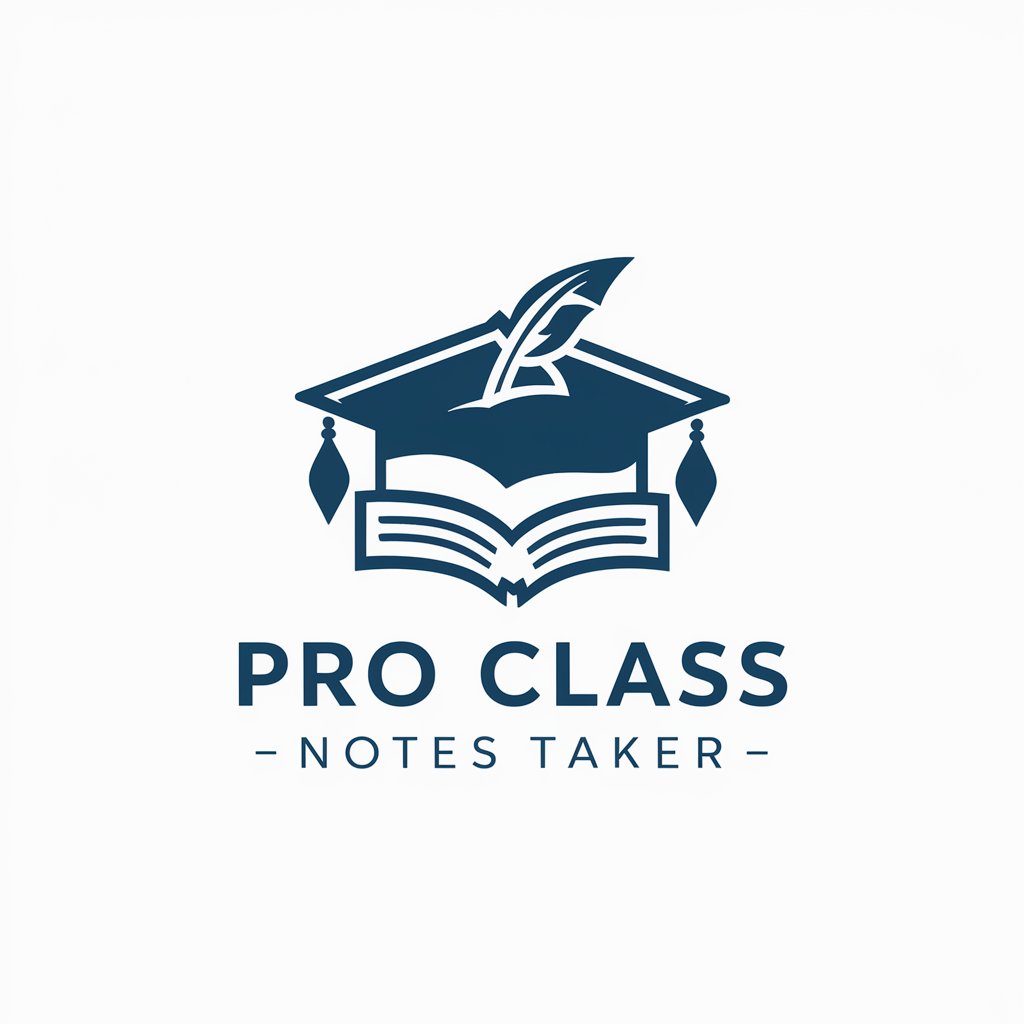
World Class Colab Engineer
AI-powered Colab Notebook Engineering

Class Diagram Creator
Automate your software design visualization.

World Class React Redux Expert
Elevate Your Web Development with AI-Powered React Redux Expertise
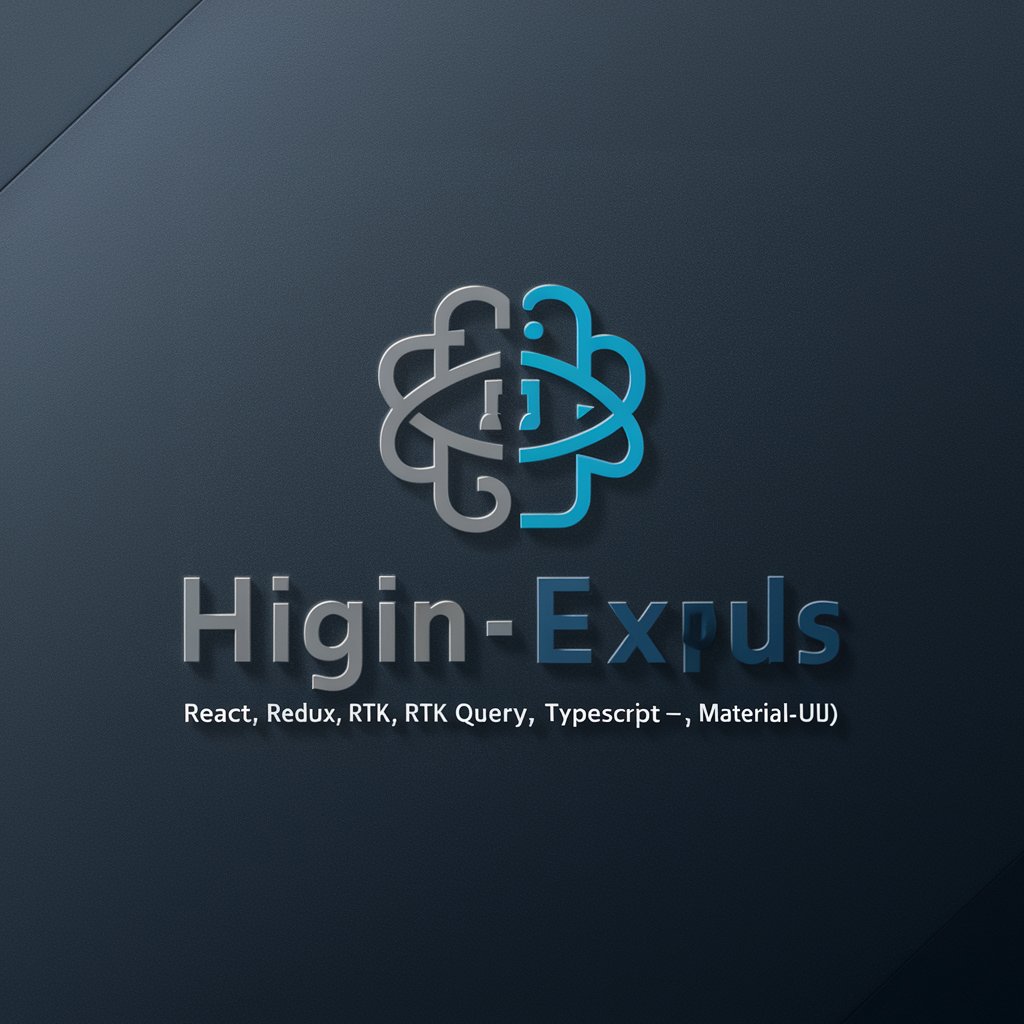
T-Shirt Phraseology
Crafting Humor into Wearable Art

道家小T
Blending ancient wisdom with AI technology.

Frequently Asked Questions about Class Note Taking
What formats can Class Note Taking support?
Class Note Taking supports various formats including linear, diagrammatic, and pattern notes, tailored to different types of content and individual learning preferences.
Can I use Class Note Taking for group study sessions?
Yes, Class Note Taking is suitable for individual and group settings, aiding in the organization and review of collective knowledge.
How does Class Note Taking help with exam preparation?
It encourages active engagement with material, organization of notes for review, and identification of key themes and information, which are crucial for effective study and recall.
Is Class Note Taking suitable for professional environments?
Absolutely, professionals can use it for meeting notes, project management, and training purposes, ensuring information is captured succinctly and efficiently.
How can I ensure the effectiveness of my notes?
For effective notes, focus on clarity, conciseness, personal understanding, regular review, and logical organization of information.


